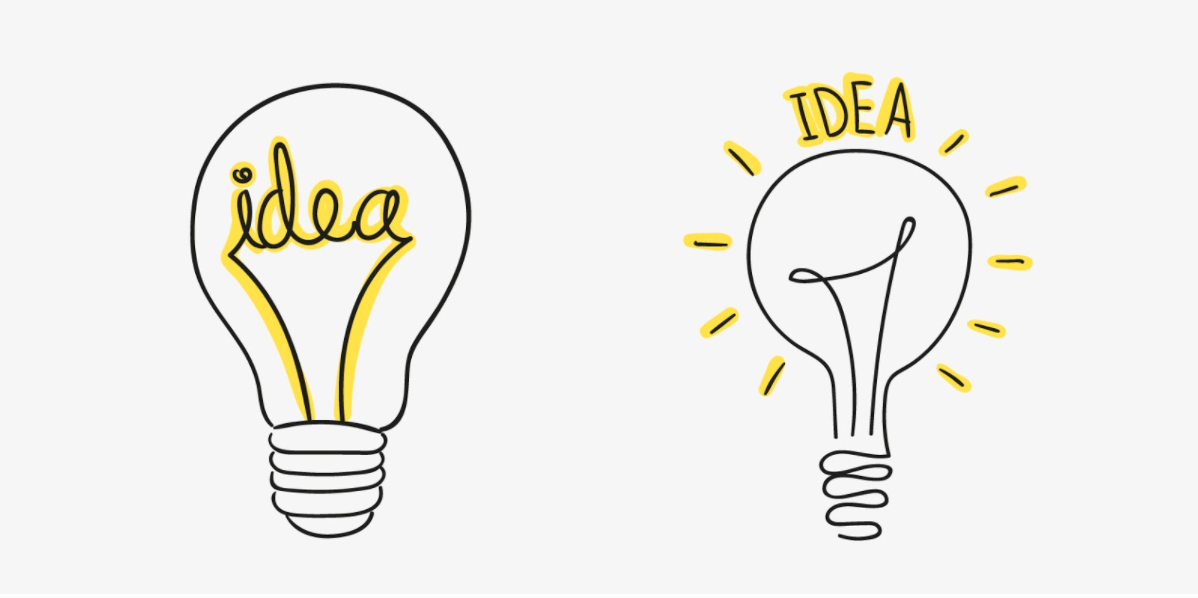Reading time: 5 minutes
If you recognize yourself in 3 or more of the following statements, I strongly advise you to read this article:
- You missed the electoral roll registration date
- You find yourself running out of toilet paper because the shelves have been emptied while you’re repeating to yourself “no, but I’ve got time before the virus arrives, I’ll go next week”.
- You wait until the last possible day to get your money back or exchange a purchase
- You’ve got plenty of auteur films on your Netflix movie list, yet every Sunday night you opt for the newly added comedy
- Waiting until the last minute to buy Christmas presents
Procrastination gets a bad press in our society, and you’re regularly blamed for it. And yet, it can be an asset. Why do we need both precrastinatorsand procrastinatorsin a team?
PROCRASTINATION AS A FACTOR IN CREATIVITY AND INNOVATION
Certainly, if you want to be productive, procrastination is not your best asset. But if you want to be innovative and creative, then procrastination is your best asset.
In a study conducted at the University of Wisconsin by Professor Jihae Shin, participants were asked to generate new business ideas. The experiment consisted of two groups: the first had to start the exercise immediately, as soon as it was announced, while the second had 5 minutes to play board games. All groups then submitted their ideas to independent evaluators, who were asked to rate their originality. The procrastination group’s ideas were 28% more creative.
Why? Because procrastination encourages divergent (=out-of-the-ordinary) thinking. Procrastination gives you time to consider a problem and all the possible original ideas for solving it, rather than getting stuck on a single idea. You have time to think unconventionally, to take new paths.
But be careful! It’s all a question of timing!
Scientists and engineers at NASA have highlighted the fact that over a period of time, performance increases as deadlines shorten. The anxiety generated by procrastination is low enough to be properly managed, but high enough to create the boost that promotes creativity and performance.
However, as soon as these deadlines become too tight, performance declines, as the stress becomes too great to have a positive impact and make us truly productive.
Turn your procrastination in your favor and make it productive by identifying your turning point between effective procrastination and procrastination that handicaps you. What’s more, if you’re the type of person who procrastinates on a task that’s due, read all the possible information beforehand with the objective in mind. Then let the days go by, because even if you’re not actively working on the project, the information will be swirling around in your head and ideas will be generated.
Despite this, it’s necessary to have both pre-crastinatorsand procrastinatorson your team, because it’s very difficult to learn to procrastinate less, or to learn to procrastinate more. This is linked to a particular system within the cerebral cortex.
THE NEUROTOUCH
What brain differences exist between people who procrastinate and those who manage to complete unpleasant tasks immediately? Four dynamics are worth noting:
1/ Certain regions of procrastinators are more active than average, such as the parahippocampal gyrus and ventromedial prefrontal cortex(see image below to visualize in the cortex). As soon as an unpleasant task has to be performed, these regions start to activate, causing us to ramble.
2/ In addition, the dorsolateral prefrontal cortex, responsible for reducing the activity of these two regions in order to get out of mental wandering and stay focused, is less active. Conversely, in people able to get down to work in advance, the dorsolateral prefrontal cortex is more active, blocking the activity of both regions.
3/ What’s more, when the brain starts to wander, it becomes sensitive to the influences of the amygdala. Among other things, the amygdala helps us to assign a negative value to the things around us. In a study of 264 subjects, those who were procrastinators had a much more activated amygdala than the others, and were therefore more inclined to feel negative emotions when faced with an action they didn’t want to do.
4/ Finally, procrastinators have a weaker connection between the amygdala and the dorsal anterior cingulate cortex. This connection contributes to the choice of whether or not to perform an action. The weaker this connection, the less an individual will be able to fully control his or her actions, and will therefore be more sensitive to spontaneous reactions. And since the spontaneous human reaction is to minimize discomfort, the procrastinator is locked into the present moment, seeking immediate pleasure and therefore putting off the unpleasant task until later.

We therefore invite you to procrastinate strategically, to avoid falling into the trap set by your amygdala, and to be more innovative and discover more creative solutions to your problems.
Author : Anaïs Roux

